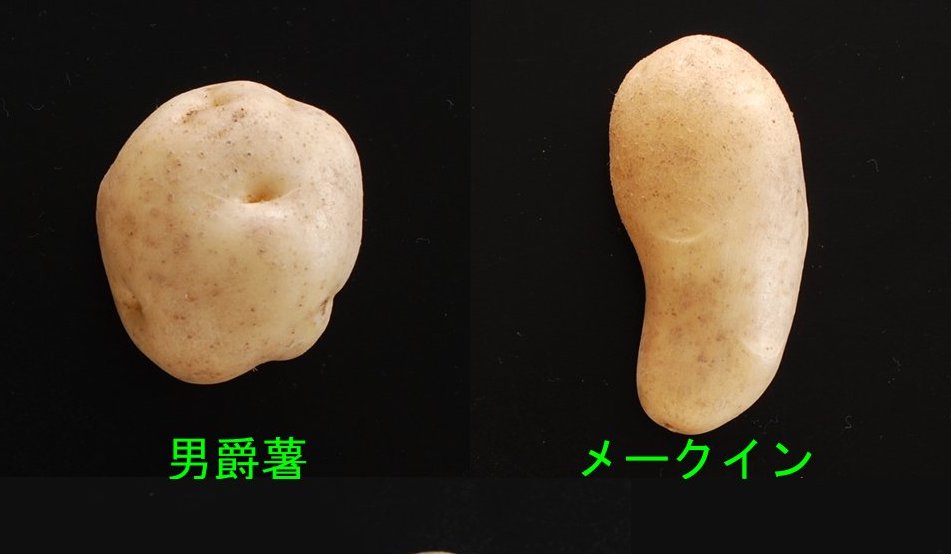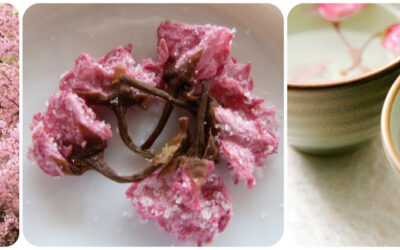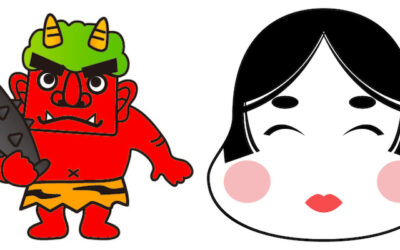
Kitchen Culture Cooking Club
EXPLORE and PRACTICE Japanese cooking in your own kitchenAbout Kitchen Culture Cooking Club
Welcome to the Kitchen Culture Cooking Club, a community space providing encouragement to those who want to EXPLORE and PRACTICE Japan’s washoku wisdom in their own kitchens.
To facilitate this, themed projects will be posted to this page periodically. Project Assignments and links to relevant reference material stored on this site will be posted to this page. Anyone, anywhere in the world, with a sincere interest in Japanese food culture is welcome to browse the contents of this page and then replicate the themed project in their own kitchen.
For those who wish to display-and-discuss their projects with like-minded people, I invite you to join the KITCHEN CULTURE Cooking Club Facebook Group (formerly the TSUDOI Project), an interactive community space.
PROJECT Potato

PROJECT Potato
Most white-fleshed potatoes generally fall into either of two categories: fluffy OR waxy.
Fluffy potatoes are high-starch and tend to crumble when simmered; they are perfect for mashing, and when making korokke (croquettes). The Japanese often describe these dishes as hokahoka (“steaming hot“). The most commonly available high-starch potato in Japan is DANSHAKU (男爵) — pictured above, to the left. These fluffy spuds are also good prepared as MISO KAMPURA.
Waxy potatoes are lower in starch. When you want potatoes to hold their shape and not crumble — many curries, stews and some potato salads — are best made with waxy spuds such as MayQueen ( メークイン) pictured above to the right. Dishes made with waxy potatoes are often described as shittori or moist.
Chips and fries can be made with either type of potato but tend to be crisper, crunchier if high starch spuds (such as danshaku) are used.
Try making potato dishes with both kinds of spuds.
Learn about Japan’s Potato Lingo & Lore by visiting my Kitchen Culture blog.
Read my November 2023 newsletter.
Recipes and Resources
Stock (Dashi)
Dashi stock is essential to making soups and simmered or stewed dishes. Dashi is also used when making many egg dishes and all sorts of sauces, dips and dressings. Using good dashi will make a noticeable difference in the outcome of so many dishes you prepare.
Click to download recipes for (vegan) Kelp Alone Stock or Standard Sea Stock + Smoky Sea Stock
How to Cook Rice
In Japanese, the word for cooked rice, ご飯 GOHAN, is the same as the word for a meal, ご飯 GOHAN. Indeed rice is central to the meal. Download the Rice with Mixed Grains recipe.
How to Prepare Sushi Rice
Sushi dishes are made with rice that has been seasoned (with sweetened vinegar) AFTER being cooked. Download the Classic Sushi Rice recipe.
Quick Pickles
The Japanese enjoy a wide variety of tsukémono pickles, many can be assembled quickly and are ready to eat within a short time.
Download a recipe for Quick-Fix Hakusai Cabbage.
Komatsuna
KOMATSUNA, a member of the brassica family of leafy greens, has been cultivated in Japan since the Edo period (1603-1868). The naming of the vegetable is attributed to the 8th shogun, Tokugawa Yoshimune. It seems that during a visiting to a shrine near the Komatsu...
EDIBLE SAKURA Blossoms & Leaves
Salt-Cured Cherry Blossoms & Leaves The blossoms and leaves of certain varieties of sakura are made edible by preserving them in salt, in a process known as shio-zuké. Deeply colored yaezakura blossoms are especially prized. When it comes to salt-curing leaves,...
Setsubun
ONI wa SOTO FUKU wa UCHI Throw out the ogres! Bring in Good Fortune!節分 SETSUBUN means “break between seasons” and such breaks occur many times during the year. However, today Japan celebrates the setsubun break that comes early in February and...
ODEN Part TWO
おでん ODEN Various ingredients find their way into the belly-warming stew known as oden. Most versions include myriad sausage-like items made from surimi (fish and seafood ground to a paste). Some of these are deep-fried while others are boiled, roasted, grilled or...




